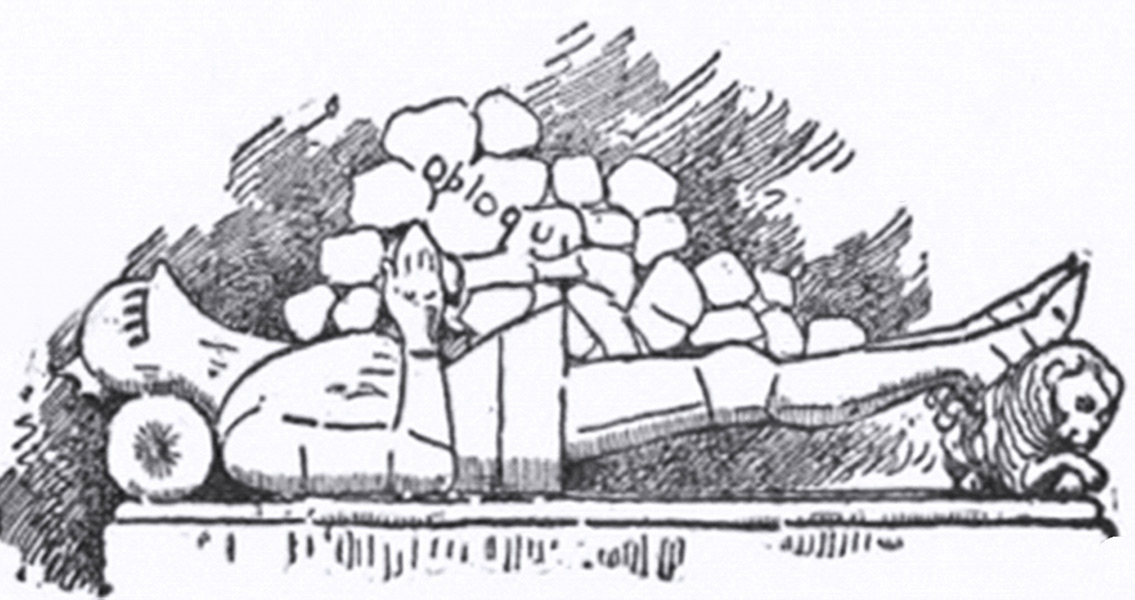<![CDATA[New footage reveals the blow which may have killed Richard III. The new footage is part of a package of films which detail the archaeological and scientific examinations of Richard III by a team from the University of Leicester. It reveals the discovery of a dramatic injury to the base of the King's skull, as well as inside the top of his skull. This injury could well have been the blow which killed Richard during the Battle of Bosworth Field, on the 22nd August 1485. Of particular interest is the sequence which shows the moment Professor Guy Rutty, from the East Midlands Forensic Pathology Unit based at the University of Leicester, found the potentially lethal marks. This footage has never been released before. The video shows the initial examination of the traumas to the King's skull by Professor Rutty, working alongside Dr. Jo Appleby of the School of Archaeology and Ancient History. During Professor Rutty's examinations of Richard's skull and vertebrae, he noted that certain marks on the vertebrae linked with marks on the skull. Rutty suggested that a weapon had been thrust up from the base of Richard's neck and into his head. “The key to this sequence is that alongside my role at the University of Leicester, I am a Home office forensic pathologist," Professor Rutty said. "Thus I was able to look at the large injury in the base of the skull and, through experience, I was able to identify the key injury." Dr Appleby, who led the exhumation of Richard's skeleton from a car park in 2012, said, "Following the identification of a major sharp force trauma to the base of the skull... we were interested to determine the angle of the blow." By using specialist lighting equipment at the Leicester Royal Infirmary, Rutty realised that the injuries on the vertebrae and skull were all linked. "We all realised I had identified the potential lethal injury to King Richard III," Professor Rutty said. “It was one of those eureka moments which happened to capture on film which we will all remember.” “The combination of all three injuries provided evidence for the direction of the injury and also the depth to which the weapon had penetrated the skull," noted Dr Appleby. Dr Appleby suggested that, judging from the marks made by the weapon, the wound could have been caused by a sword, or the top spike of a bill or halberd. Dr Appleby and Professor Rutty have already published research into the trauma Richard suffered in battle, in the journal 'The Lancet'. Using modern forensic analysis of the King's skeleton, they revealed three injuries which could have been lethal: two to the skull and one to the pelvis. Sarah Hainsworth, Professor of Material Engineering at the University, said, "Using modern forensic examination, we have discovered that Richard’s skeleton sustained 11 wounds at or near the time of his death – nine of them to the skull, which were clearly inflicted in battle. The injuries to the head suggest he had either removed or lost his helmet. The other two injuries that we found were to a rib and his pelvis." Richard III's remains will be re-interred at Leicestershire Cathedral on the 26th March, with a service of Compline being carried out on the 22nd March. For more information: http://www2.le.ac.uk/news/blog/2015-archive-1/february/video-reveals-potential-2018killer-blow2019-to-king-richard-iii ]]>
New Discovery Reveals Richard III's Killer Blow
